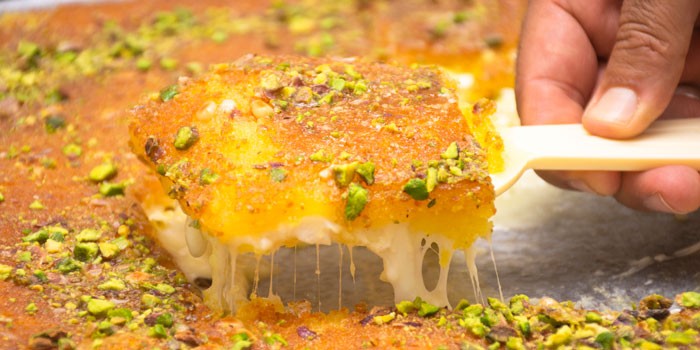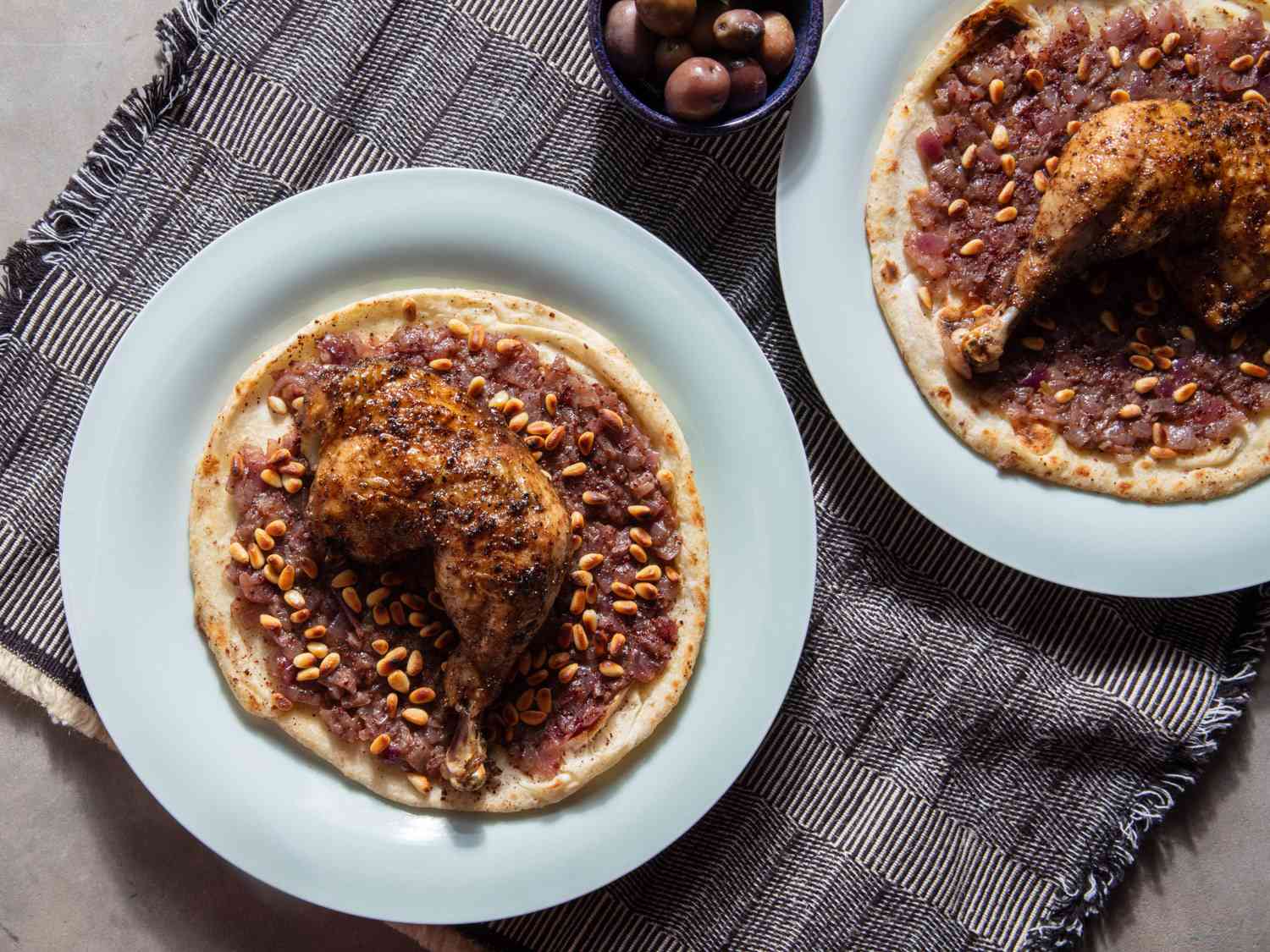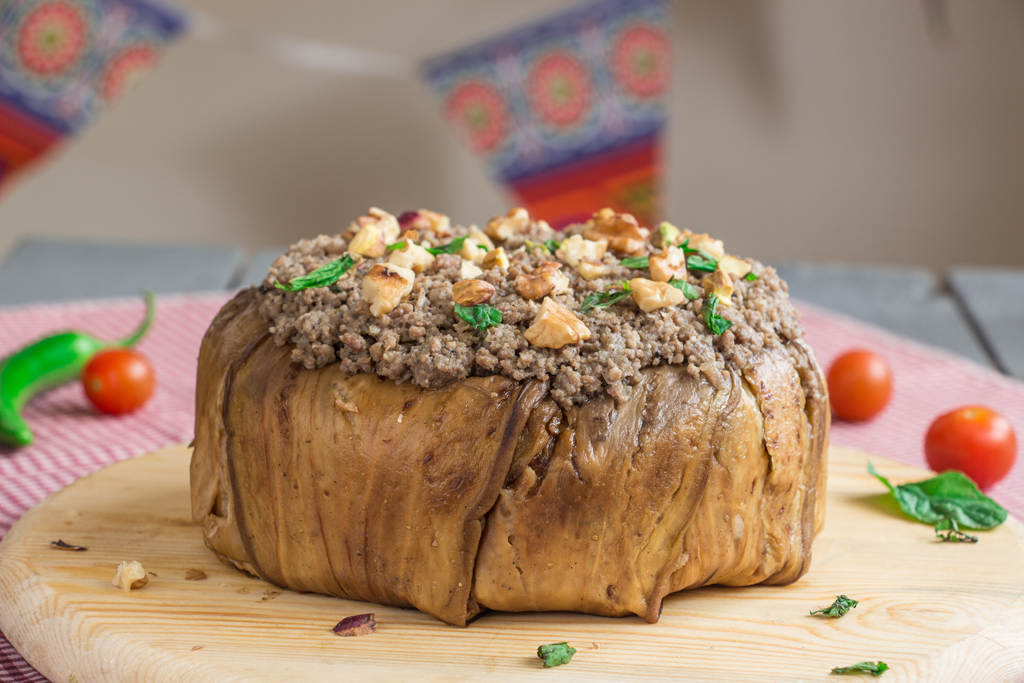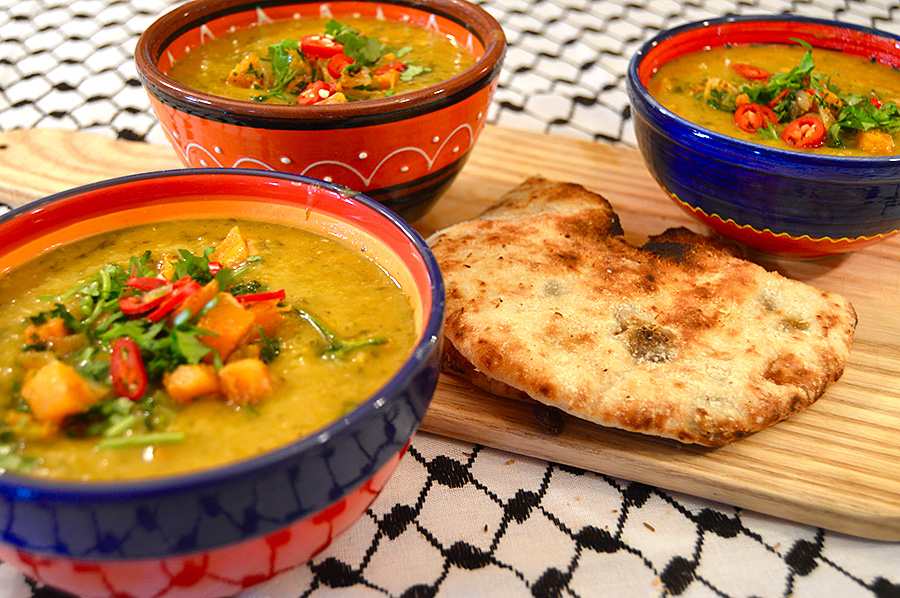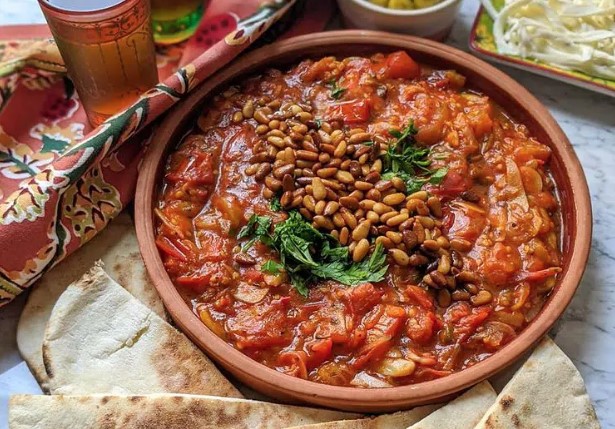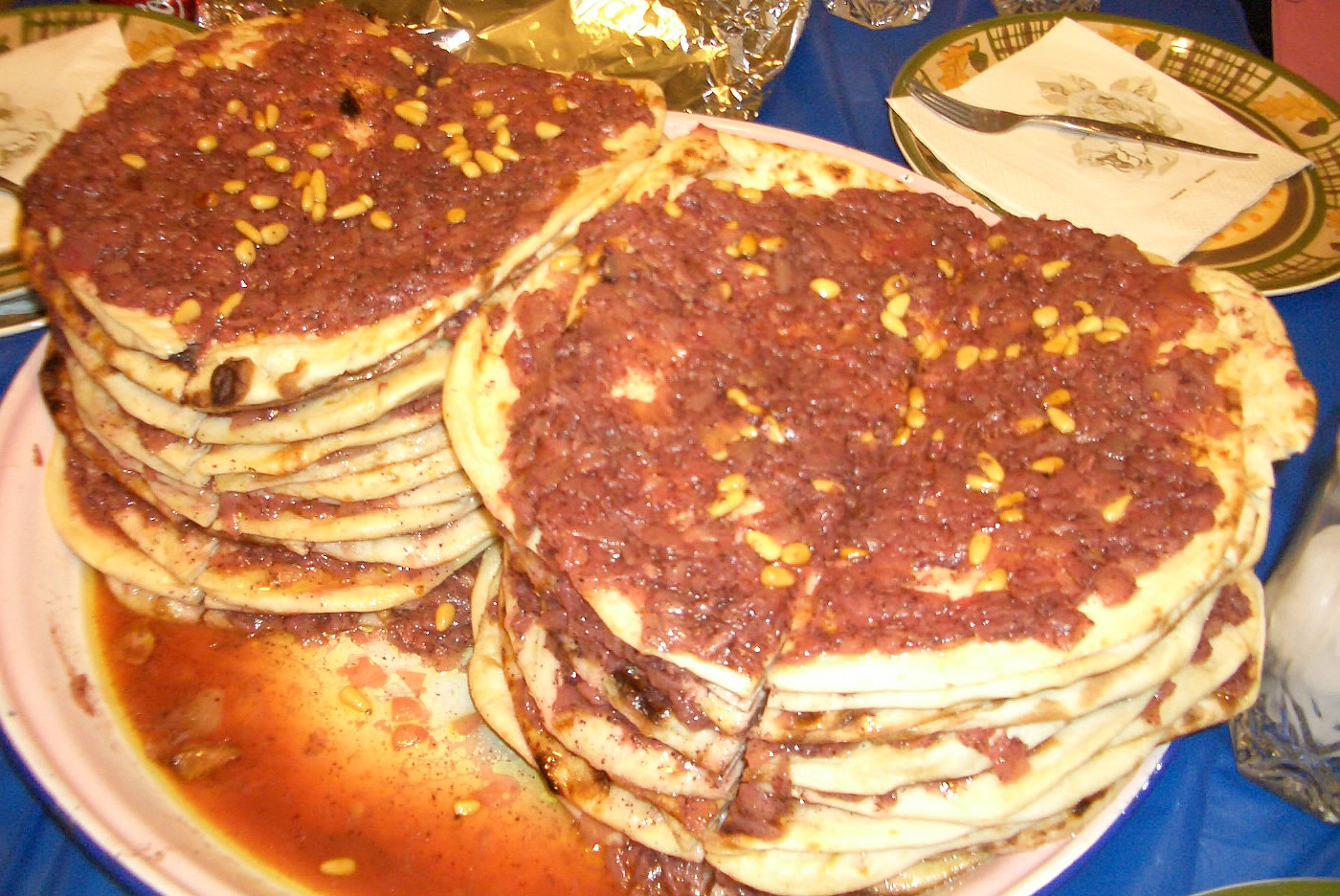Introduction: Dietary Restrictions and Palestinian Cuisine
Palestinian cuisine is a rich and diverse culinary tradition that has evolved over centuries. It is known for its bold flavors, creative use of spices, and hearty dishes that reflect the region’s history and culture. However, for those with dietary restrictions, it can be challenging to navigate the menu and find suitable options. In this article, we will explore some of the best Palestinian dishes that are gluten-free, vegan, paleo-friendly, and halal/kosher.
Gluten-Free Palestinian Dishes: A Guide for Foodies
Gluten-free eaters can rejoice, as there are plenty of delicious Palestinian dishes that don’t contain wheat or gluten. One popular option is maqluba, a flavorful rice dish that features layers of spiced vegetables and meat. Another gluten-free favorite is musakhan, a chicken and onion dish that is typically served with flatbread, but can be enjoyed with gluten-free bread or crackers. For a sweet treat, try baklava, a rich pastry made with nuts and honey that is naturally gluten-free.
Vegan Options in Palestinian Cuisine: A Comprehensive List
Palestinian cuisine is naturally plant-based, with many dishes featuring fresh vegetables, legumes, and grains. Vegan options include mujadara, a hearty lentil and rice dish that is seasoned with cumin and served with caramelized onions. Another vegan-friendly dish is fattoush, a refreshing salad made with crispy pita chips, tomatoes, lettuce, and herbs. For a satisfying main course, try maghmour, a flavorful eggplant and chickpea stew that is perfect for chilly evenings.
Paleo-Friendly Palestinian Recipes: Delicious and Nutritious
While some traditional Palestinian dishes may not meet the strict guidelines of the paleo diet, there are still plenty of options for those looking to eat clean and wholesome foods. One such dish is shakshuka, a hearty tomato and egg dish that is loaded with protein and healthy fats. Another paleo-friendly option is tabbouleh, a refreshing salad made with parsley, mint, tomatoes, and cucumbers. For a hearty and satisfying meal, try kofta kebabs, which are made with ground beef or lamb and seasoned with Middle Eastern spices.
Halal and Kosher Palestinian Food: A Cultural Insight
Halal and kosher eating guidelines are an important part of Palestinian culture, and many traditional dishes are prepared in accordance with these rules. Some popular halal dishes include shawarma, a flavorful meat dish that is typically served with hummus and pita bread. For kosher eaters, try sabich, a sandwich made with eggplant, hard-boiled eggs, and tahini sauce. Both of these dishes are delicious and culturally significant, making them a must-try for those looking to explore Palestinian cuisine.
Conclusion: Enjoying Palestinian Cuisine with Dietary Restrictions
Whether you’re gluten-free, vegan, paleo, halal, or kosher, there are plenty of delicious Palestinian dishes that you can enjoy. From hearty stews and salads to flavorful meats and pastries, Palestinian cuisine offers a world of culinary delights for those with dietary restrictions. So next time you’re in the mood for something new and exciting, give Palestinian cuisine a try – your taste buds will thank you!

